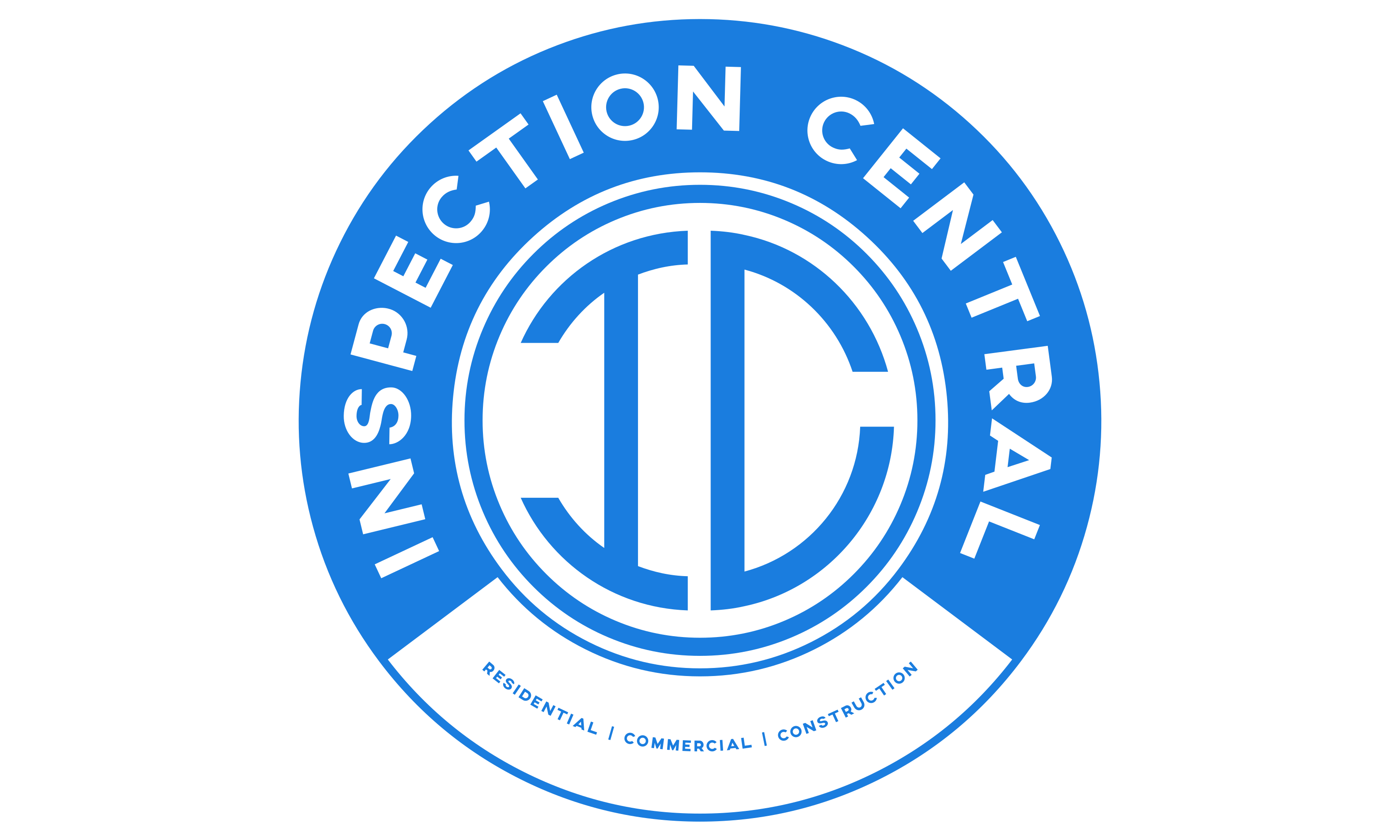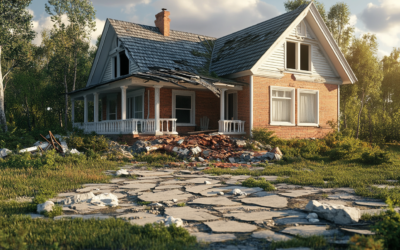Spotting Trouble Before It Starts
You know what they say, prevention is better than cure. And oh boy, does that ring true in property maintenance! Regular building inspections act like a routine health check-up for your property. They help nip problems in the bud—before they escalate into costly headaches. Imagine finding out about a leaking roof after it’s rained cats and dogs inside your home. Not a pleasant surprise, right? Inspections can catch such issues early, saving you the trouble and cost of major repairs down the line.
The Cost of Ignorance
Truth be told, ignoring regular inspections is a bit like playing with fire. You might think you’re saving a buck or two now, but trust me, the expense of a major repairs will likely burn a massive hole in your pocket later. It’s not just about visible damages either. Structural wear and tear isn’t always obvious but can be perilous. Think of it like an iceberg—the visible damage is only the tip.
Keeping Standards High
You wouldn’t skip your morning coffee ritual, would you? Similarly, neglecting regular building inspections can lead to diminishing property standards. A well-maintained property isn’t just a joy to live in; it maintains its market value too. Routine inspections uphold these standards, ensuring everything is tip-top and keeping those property prices buoyant. Who wouldn’t want to enhance the asset worth of their property?
Health and Safety: The Unseen Predators
There’s something sinister about hidden mould making residents sneeze and cough, or loose railings that could send someone tumbling down the stairs. Regular inspections help uncover these lurking predators. Check-ups spot asbestos, mould, or faulty wiring, allowing you to take swift action. You’re not just safeguarding your property; you’re ensuring a safe haven for its occupants as well.
Lowering Insurance Premiums
Sounds odd, right? But yes, frequent inspections can actually help reduce insurance premiums. Insurers like to see well-maintained properties—they’re less likely to file claims, which leads to discounts. An inspection can be your ticket to convincing insurers that your property is a safe bet. And who doesn’t want to save a buck?
A Tale of Contented Tenants
Once upon a time there was a harassed landlord dealing with never-ending tenant complaints about squeaky floors and dripping taps. Obviously unhappy tenants mean more vacancies. Regular inspections can help avoid this tale of woe. By keeping everything ticking over smoothly, you’ll notice tenants are less likely to think of moving. And a happy tenant makes for a happy property owner!
Managing the Change
Change, it’s the only constant, they say. Well, properties are no strangers to it either. From weather wear and tear to daily usage, things don’t stay the same forever. Regular inspections help property owners stay aware of these changes and step in when needed, addressing minor issues before they grow into a beastly mess. It’s almost like having a crystal ball guiding you through property management!
Ponder This: How Often is Enough?
There’s no exact science to this, but generally speaking, an annual inspection is a good rule of thumb. However, different elements might need different frequencies. Roofs sometimes need more frequent checks, especially after a storm. At the end of the day, frequency can depend on the age and condition of your building. Still unsure? Ask a professional for advice tailored to your property’s needs.
The Bottom Line on Inspections
In the dizzying dance of property ownership, inspections are an elegance unto themselves. They might not be the most glamorous part, but they’re undoubtedly the foundation on which a well-maintained property stands. The benefits are bountiful: avoiding costs, keeping standards high, ensuring health and safety, and even appeasing insurance providers! So, why delay? Give your property the attention it deserves and continue to enjoy the peace of mind that comes with a well-cared for asset.









0 Comments